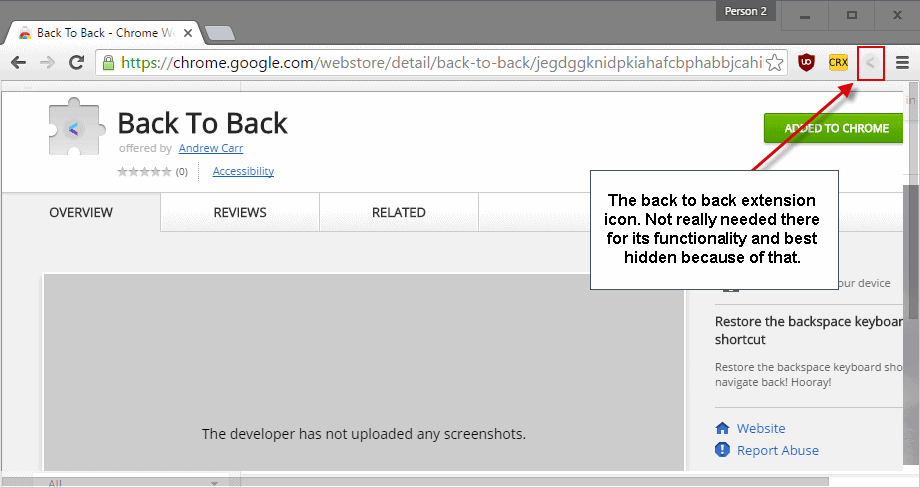

The ESC key to cancel or back out of an operation. The ENTER key to drill down on the object in focus. The arrow keys to navigate up, down, back (previous), and forward (next). When you are within a widget, use the following keys to handle tasks:

High-level widgets, such as, the application-level menu, applet menu, tabs at any of the four possible levels, list applet grid, and so on have complex navigation requirements between their constituent elements. List applet grid first row first list column control For example, pressing the TAB key in a typical List Form view moves the focus in the following sequence: TAB and TAB+SHIFT moves the focus among widgets and standard HTML controls. Press TAB to navigate forward and TAB+SHIFT to navigate backward between widgets (interface elements, such as the application-level menu and application toolbar). Pressing the Undo key multiple times might generate multiple results depending on the user's previous activity, including which user interface elements the user has interacted with. Pressing ESC once performs a single undo operation. Press ESC to close the confirmation message and return to the original dialog box.ĮSC key and Undo. Press ENTER to close the confirmation message and the dialog box. A confirmation message appears (showing the OK and Cancel buttons) when a user closes a dialog box by clicking Close (the X icon) in the upper corner of the dialog box. Also, press ESC to cancel an operation, such as an operation to create a query or to create a record.ĮSC key behavior in applets and dialog boxes. Press ESC to close an interface element, such as a calendar control, a calculator control, and so on, without saving changes in the interface element.

Pressing ENTER while focusing on a control button results in the same behavior as clicking the control button.ĮSC. Press ENTER to navigate to the screen if the focus is on the screen or to navigate to the view if the focus is on the view.ĮNTER key behavior in applets and dialog boxes. Press the arrow keys to navigate within a widget (such as within a list applet, within a form applet, within a drop-down list, and so on).ĮNTER. The following keys facilitate keyboard navigation in applications:Īrrow keys. For information about the keyboard shortcuts available to you, contact your system administrator.
#Use delete key in chrome mac for navigating back full
For example, you can navigate sequentially through fields within the application views using TAB.Ī full set of keyboard shortcuts is included in Siebel applications, but administrators can change these keyboard shortcuts in Siebel Tools. Many of the default keyboard shortcuts provided by your browser are also available for use in your application. Typically these key sequences are combinations of CTRL, ALT, and SHIFT, along with the standard keys on your keyboard. Keyboard shortcuts allow you to use sequences of keystrokes as an alternative to the mouse for executing commands and navigating through the application.


 0 kommentar(er)
0 kommentar(er)
